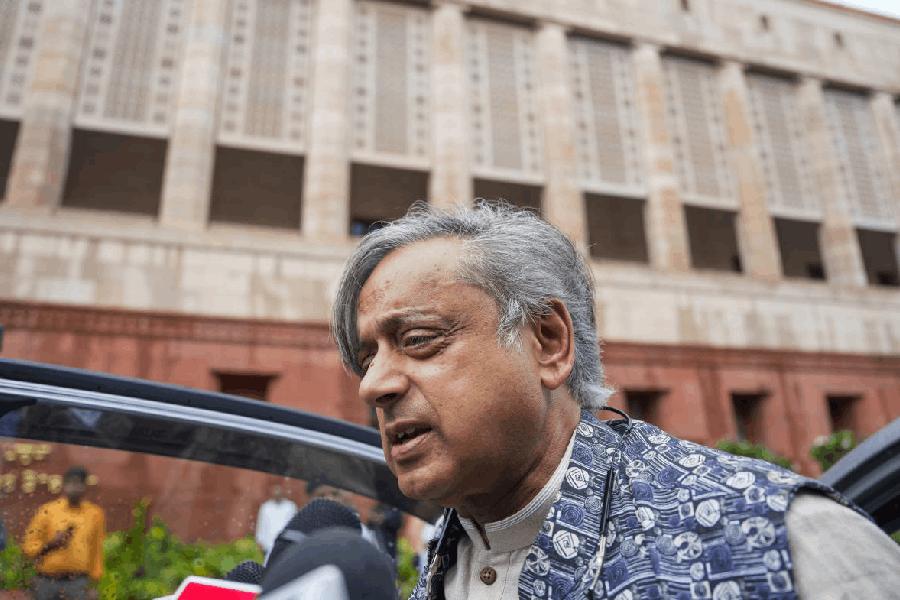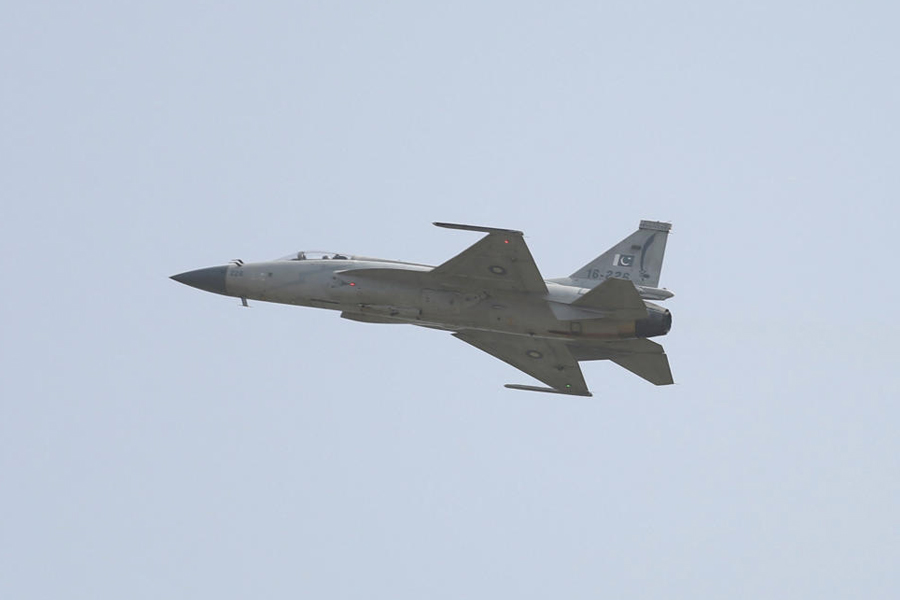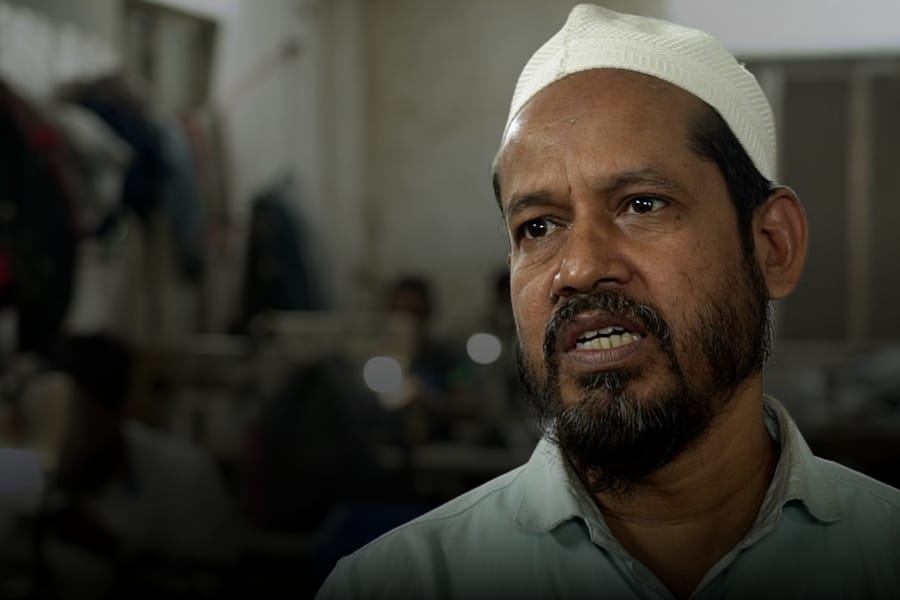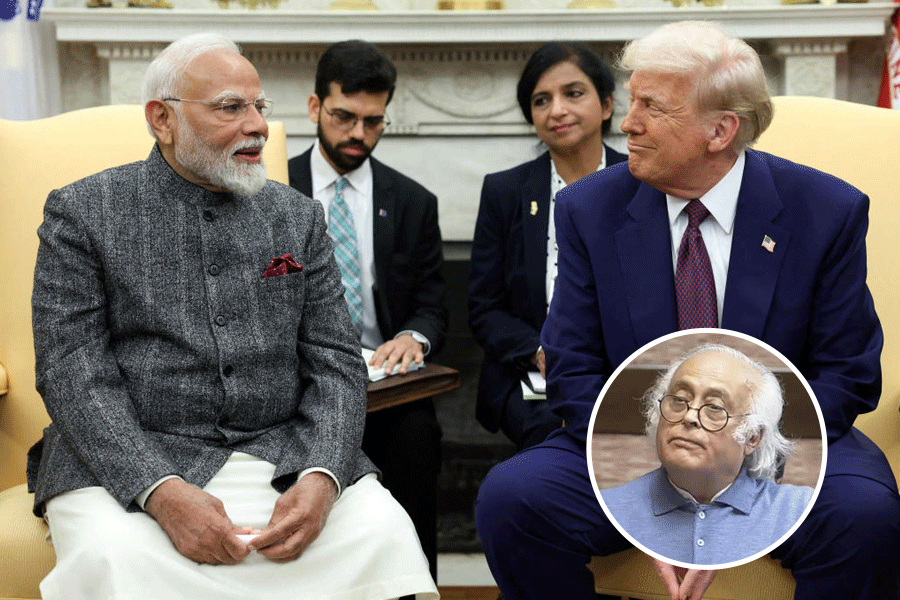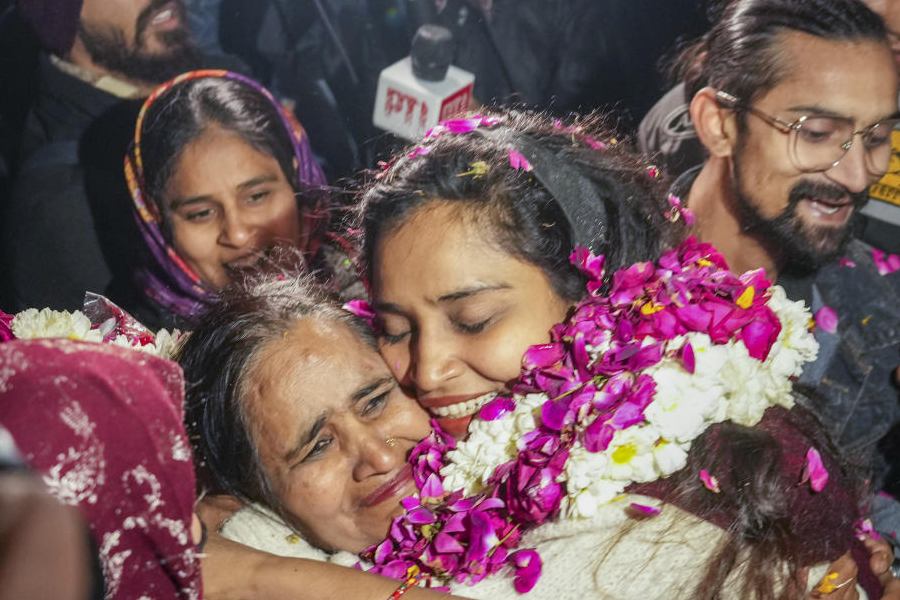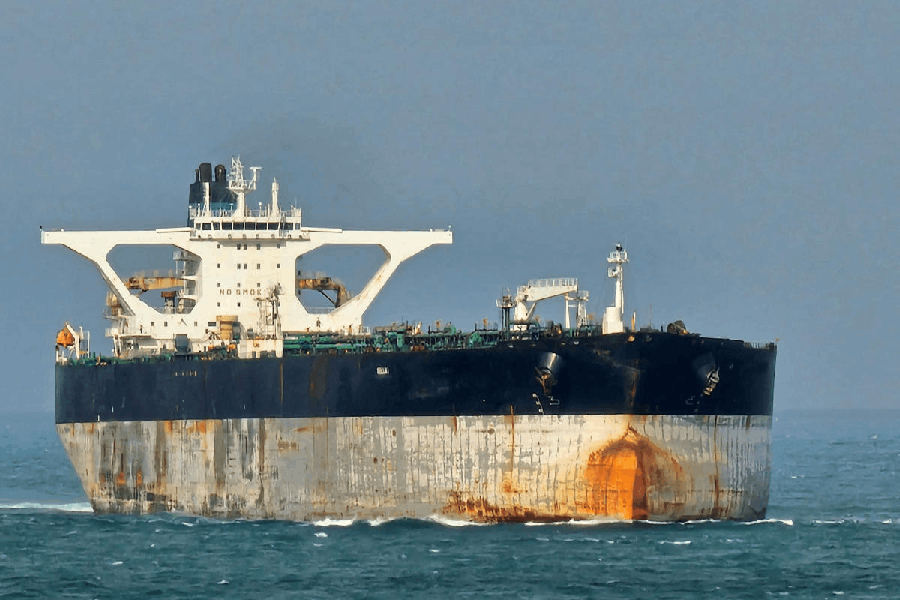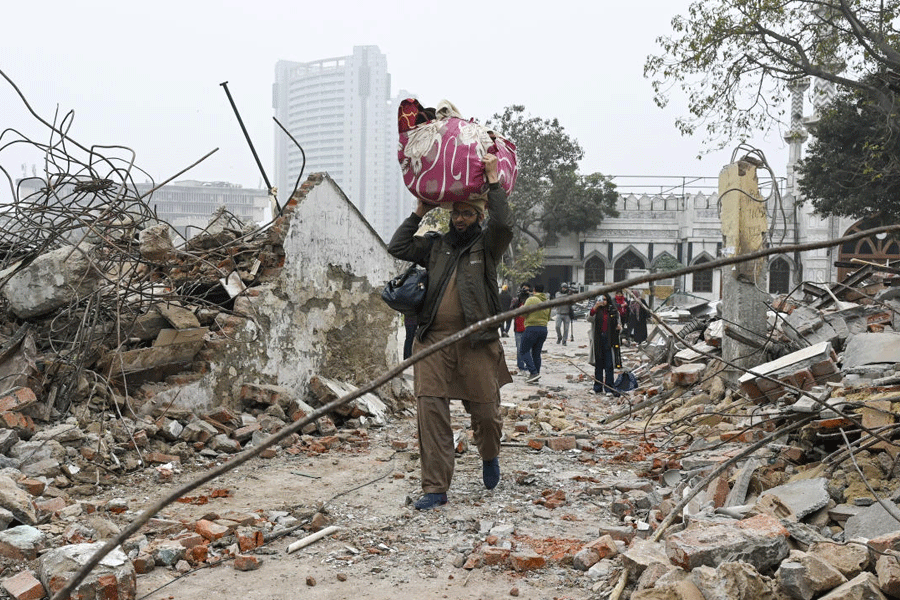 |
Nov. 3: India has buried a shame in gold but reaped a worry in grain.
The International Monetary Fund (IMF) has sold 200 tonnes of gold to the RBI for $6.8 billion to refurbish the aid agency’s coffers, mirroring the stunning turnaround in India’s fortunes from 1991 when it had to pawn gold abroad to avoid defaulting on foreign exchange payments.
A few hours after the pride-pumping disclosure came another announcement: the summer rice production in India could slip by 15 million tonnes, prompting state agencies to keep import proposals ready.
The country has rice stocks of over 15 million tonnes and 29 million tonnes of other food grain but the forecast today was a sobering reminder of how India still remains a slave to the monsoon.
The IMF had announced a year before that part of its gold holdings would be offloaded but the speed of the deal and the buyer were a surprise for traders, who had expected China — not India — to be the leading contender.
The sale was concluded at an average price of about $1,045 an ounce over a two-week period in the latter half of October. The fund is eventually expected to sell 403.3 tonnes of gold, about one-eighth of its stock.
 |
“This transaction… (will) help put the fund’s finances on a sound long-term footing and enable us to step up much-needed concessional lending to the poorest countries,” IMF managing director Dominique Strauss-Kahn said.
Among gold reserve holders, India was ranked 14th by the World Gold Council with 357.7 tonnes in September. After the 200 tonnes — the country’s largest gold purchase — India will rank 11th.
Finance minister Pranab Mukherjee, addressing a meeting in Delhi, summed up the emotive milestone the country crossed today. “Many of you will remember how the sentiments of the country were outraged when we pledged our gold with the Bank of England (in 1991) to borrow a few 100 million dollars.”
In 1991, India had pledged a total of 67 tonnes of gold to the Bank of England and the Union Bank of Switzerland to raise $605 million. India’s foreign exchange reserves were then wallowing at $1.2 billion, barely enough for three weeks’ imports.
A chartered plane ferried the precious cargo to London between May 21 and May 31, 1991, jolting the country out of an economic slumber and setting the stage for Manmohan Singh’s reforms.
P.V. Narasimha Rao took over as Prime Minister in June, the crisis forcing him to rope in Singh as finance minister, who unshackled what was then called the “caged tiger”.
The crisis had built up over a year ago, precipitated by the Gulf War. India’s oil import bill swelled, exports slumped, credit dried up and investors took their money out.
The May export had been cleared by Yashwant Sinha, finance minister in the Chandra Shekhar government that had collapsed a few months ago. In his book Confessions of a Swadeshi Reformer, Sinha recalled that low phase in his life; he promised himself he would never again sell gold.
He made good his pledge in 1998, floating Resurgent India Bonds to raise $4.25 billion and helping the country tide itself over the sanctions that followed the Pokhran II nuclear tests.
India today sits on a foreign exchange mountain of $285.5 billion.


